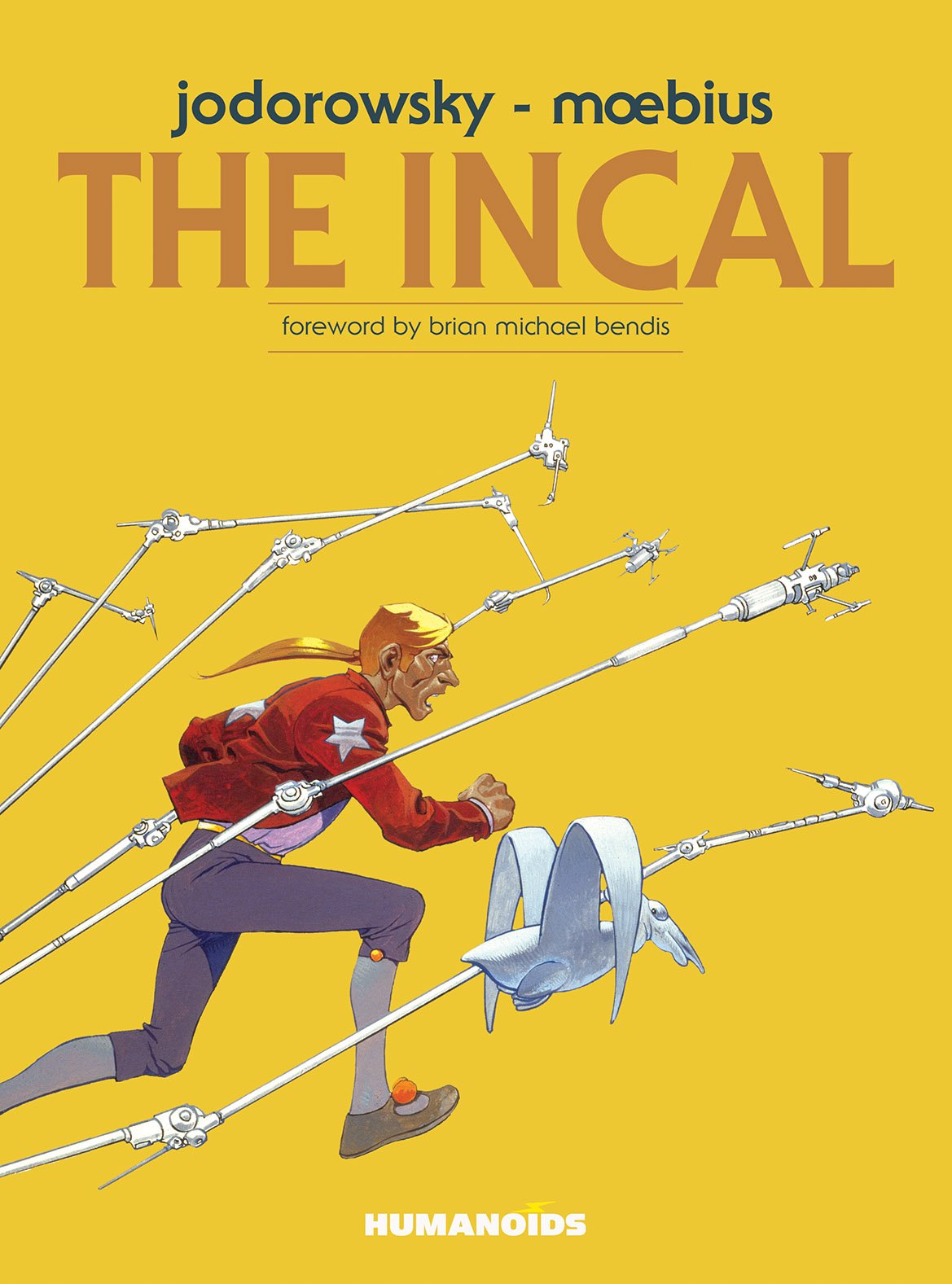
*** UPDATE – Hey guys The Incal is being adapted as a movie by director Taika Waititi. If you want to discuss this I have opened a special thread on the discussion forum.
Before I started reading The Incal I had no idea what to expect. A legendary graphic novel from the early 80s made by a filmmaker who had once attempted to adapt Frank Herbert’s Dune. As I know a little bit about Alejandro Jodorowsky‘s attempt at Dune I gambled The Incal would be one crazy ride – and it is. I also knew that this graphic novel supposedly was the inspiration for Luc Besson’s The Fifth Element, and certainly the larger beats are similar. So there is another reason to read it. To top it off The Incal is illustrated by Jean Giraud – also known as Moebius – whose work previously inspired Ridley Scott’s Alien movie. So why not read The Incal?
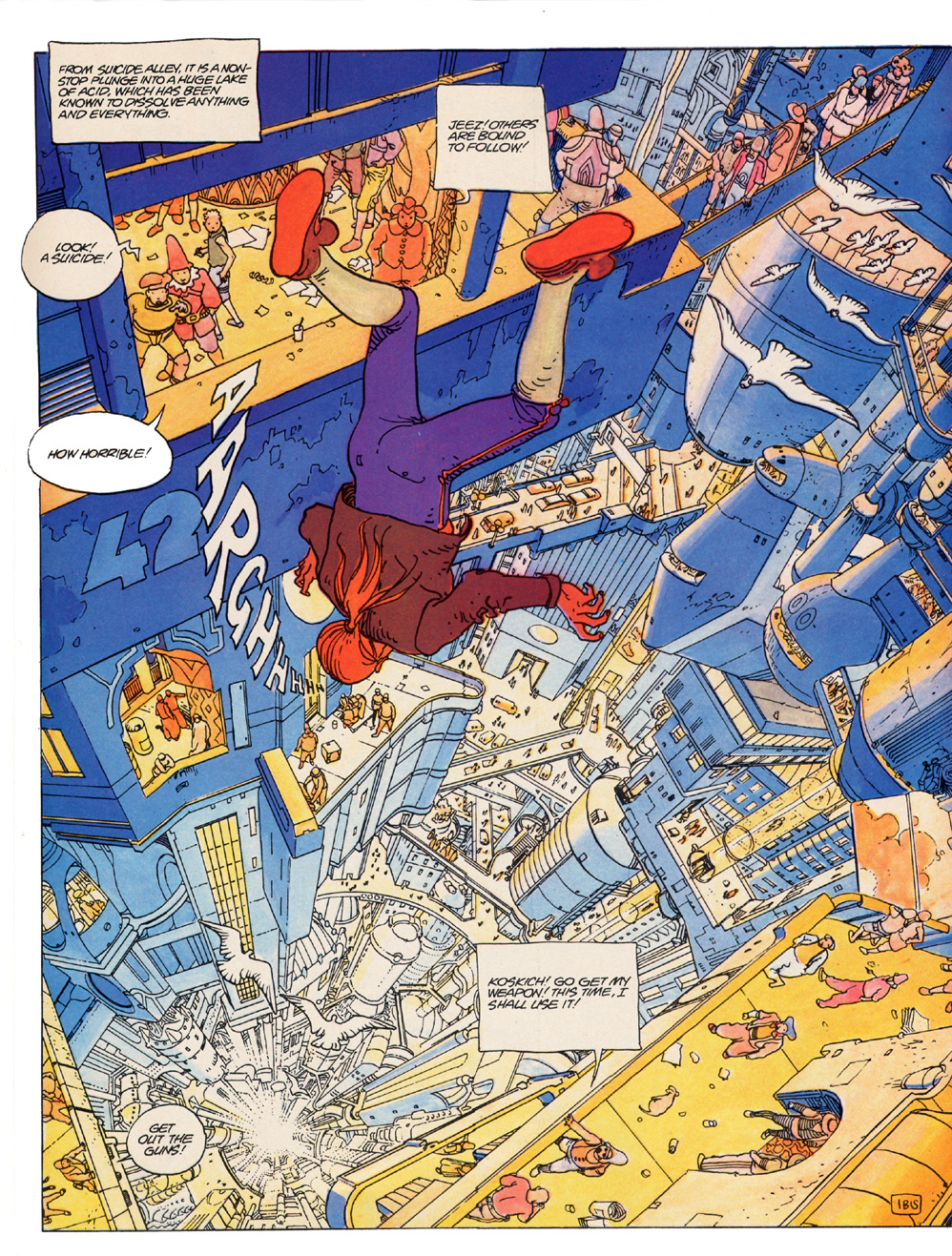
The start of The Incal
After reading The Incal I can say it was totally not what I expected. Unlike The Sandman by Neil Gaiman there is almost no exposition. The story moves at a breakneck speed and switches contexts randomly. If I had a gripe it would that the story development contains too many ‘deus ex machina’ type resolutions. The magical Incal artifact plays an important role in this. Yet the message of The Incal is understood if you look beyond that. The Incal is about the journey of main character John DiFool – his small-minded existence is uprooted no matter how he tries to prevent it.
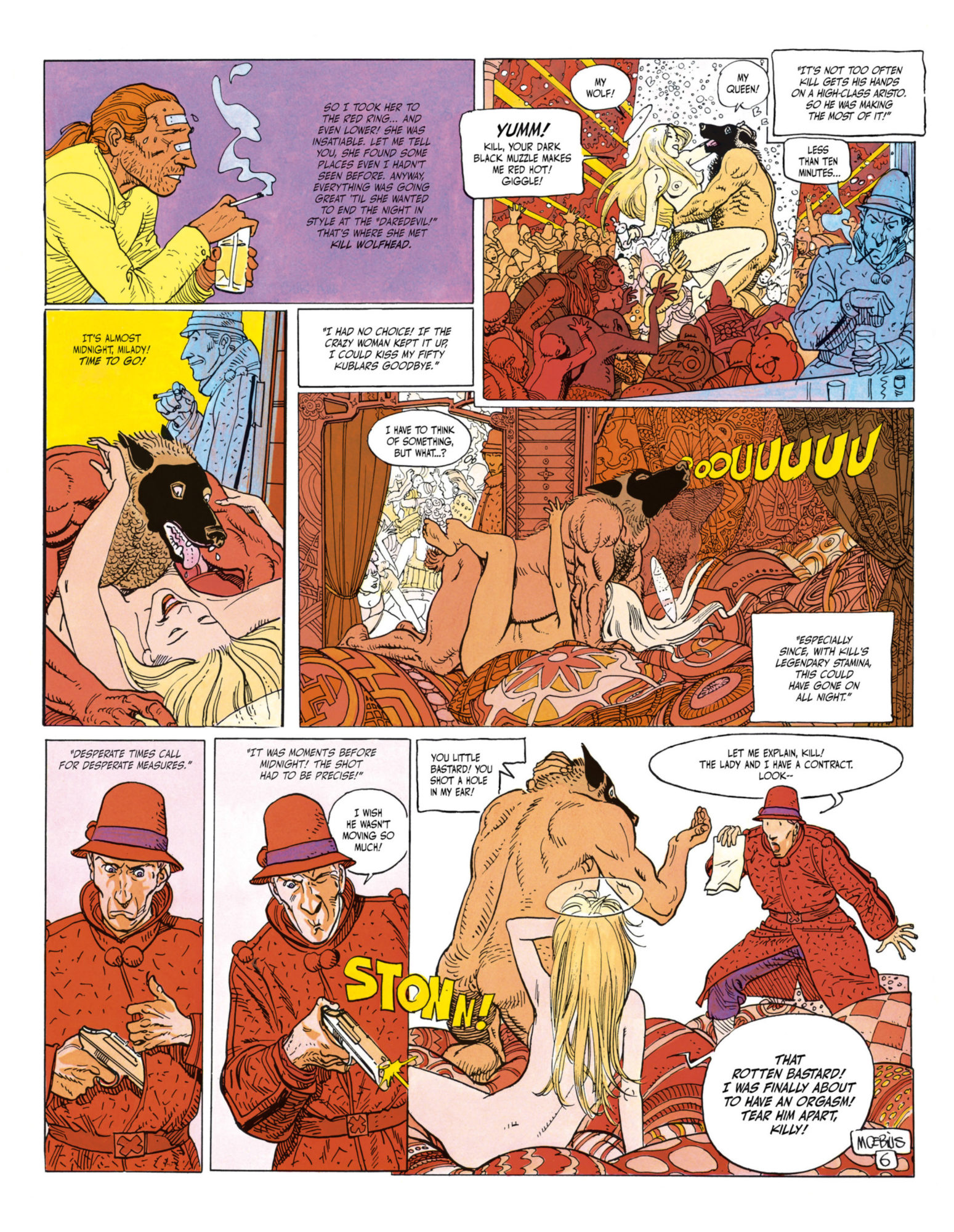
It is difficult to describe what The Incal is all about. So I will try my best. I think it is a space opera, but that is just a small part of it. The universe of the main character John DiFool has become stagnant. Rampant corruption, stratification of wealth has lead people to be cynical and selfish. John DiFool is no different – as a self-described shitty Class R detective – he does little more than escort clients along the underbelly of the city. Meanwhile he spends his earnings on booze and homeo-whores. Jodorowsky effectively sets him up as a the anti-hero – who constantly refuses to be dragged along the story. This has the effect that the reader is more able to relate to the story.
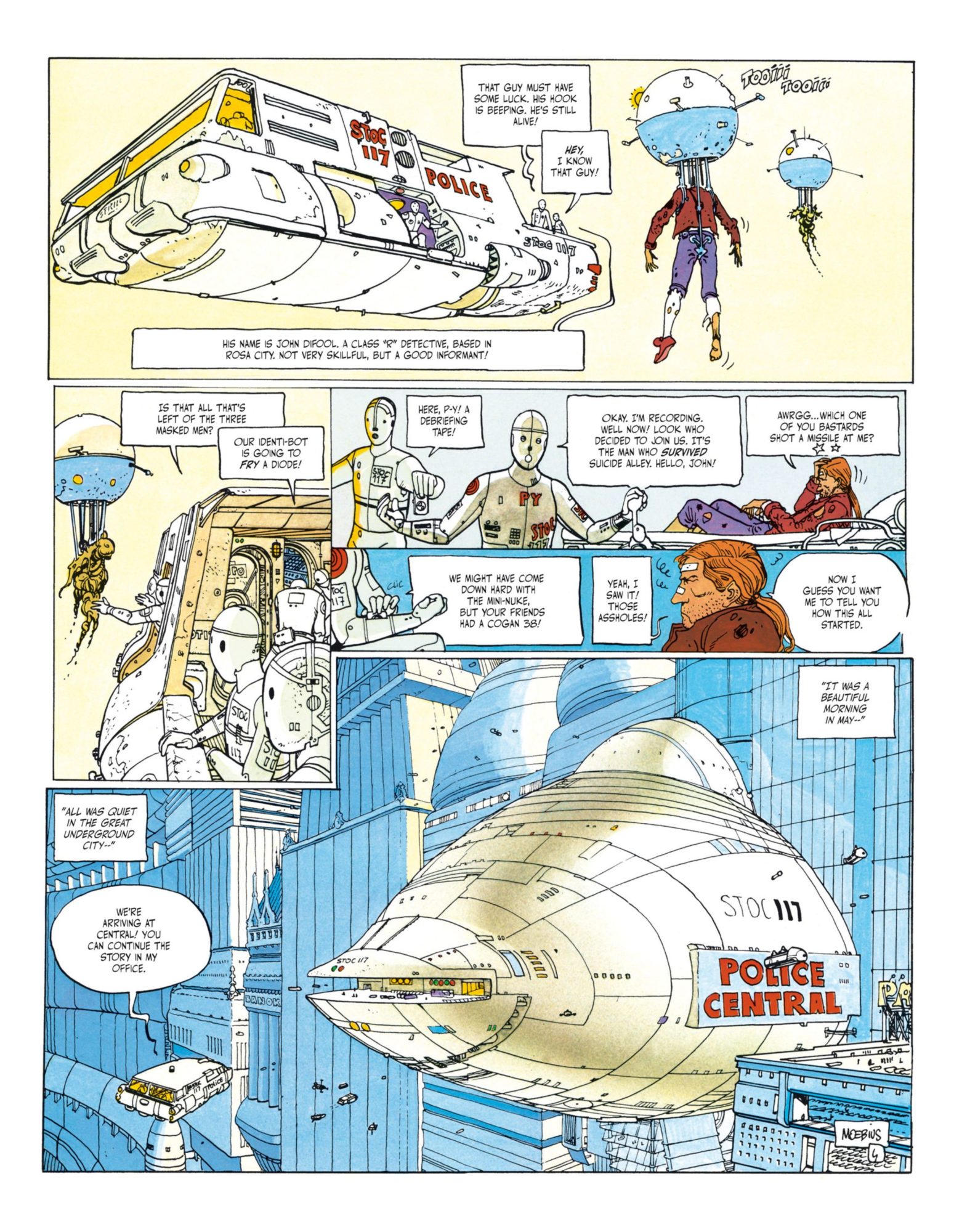
An Unexpected Journey
Yet, John DiFool has no choice but to obey the Incal when it ‘accidently’ comes into his hands. The device is sought by a multitude of groups, from the Berg aliens, the Technopriests and on to the current Prezident (with a z) of the planet Ter21. Right from the beginning the Incal reveals itself to be a device of extreme creation, but also destruction. It for example gives John’s friend Deepo – a concrete seagull, the power of speech. Yet, it also casually dismembers John DiFool on an occasion before reassembling him. After this moment the story continuously switched into higher gear with each passing volume. What starts as a journey to center of the planet Ter21 ends up being a journey along the cosmos.
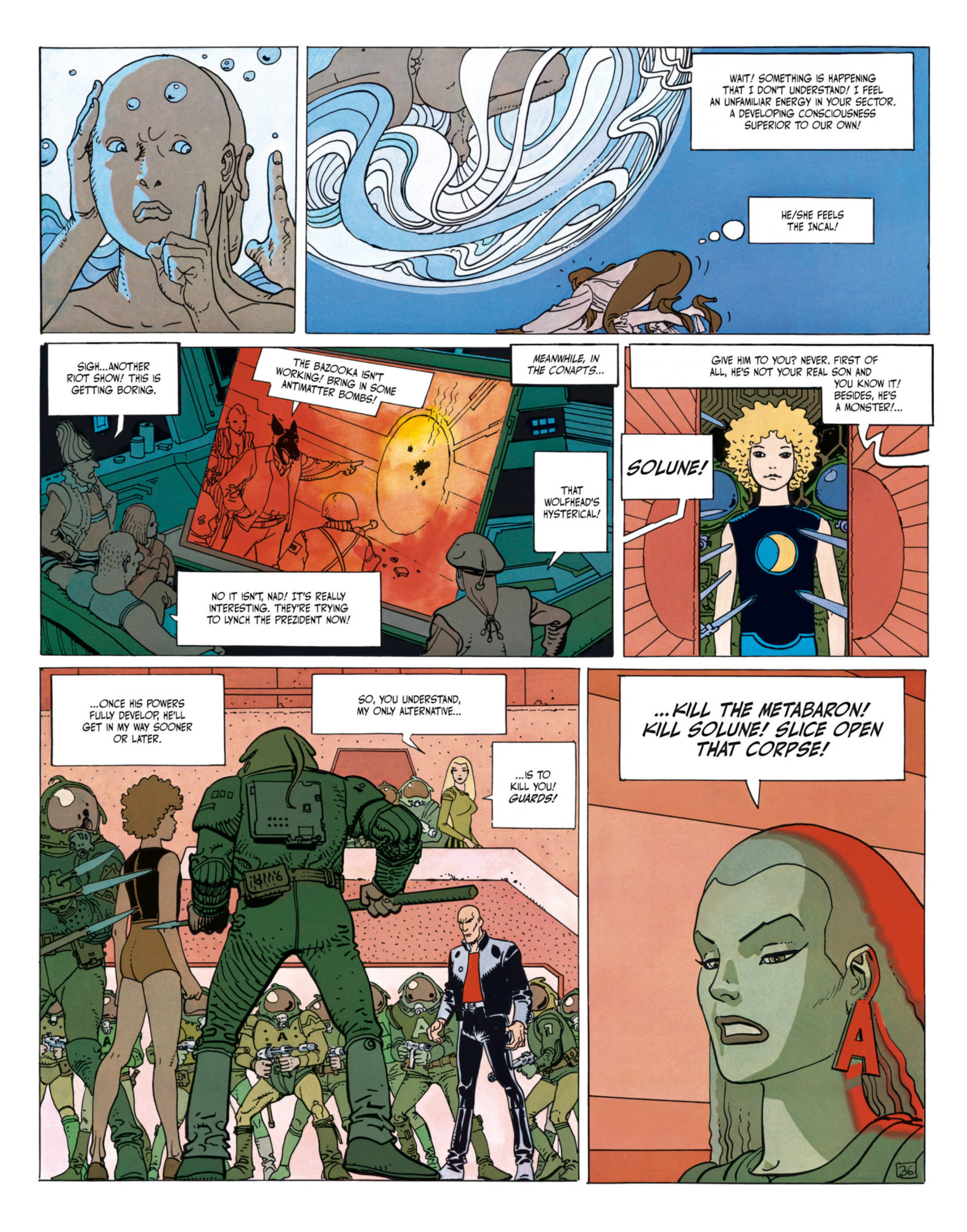
Along the way John meets a number of people willing to help him. This includes the Metabaron – a ruthless mercenary – who has a more worldly view of the universe. Then there are the sisters Animah and Tanatah, tasked with guarding both light and dark Incal’s. The latter is encountered later in the story. Then there is Solune, the child of John and Animah, but adopted by the Metabaron. Solune is perhaps the first instance of transcendence in the story as he becomes a new vessel for the Incal’s. This is a pivotal moment in the story as even John known there is no turning back. Finally, there is the character Kill Wolfhead – a mercenary with a grudge against John.
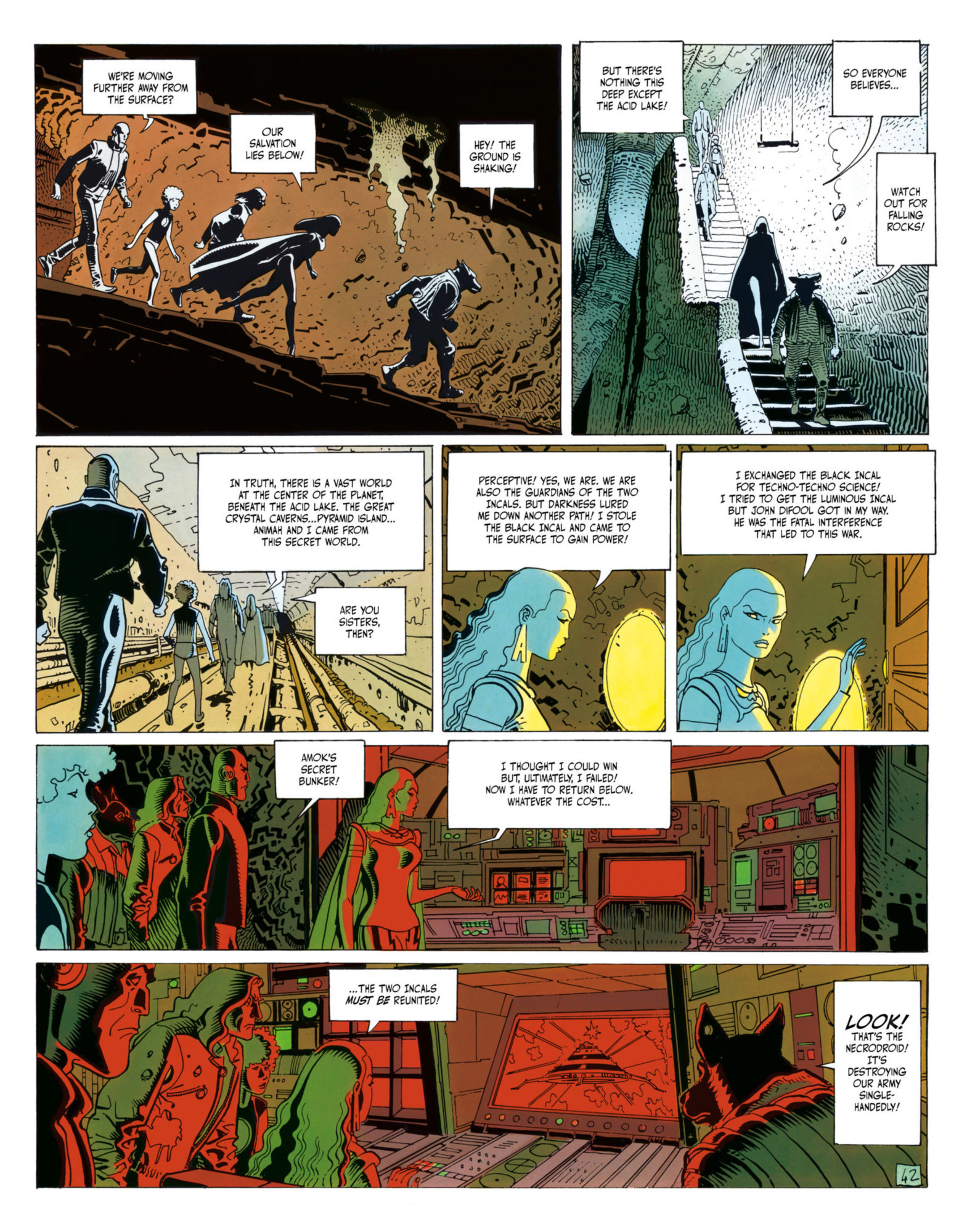
A Long Journey
At over 300 pages long the 6 volumes that make up The Incal is a long journey. I think it is best taken in small doses in order to absorb the meaning of the story better. What I have described above is just a small part, making up roughly the first third of the graphic novel. As the story progresses the little exposition there is disappears quickly, instead the panels start to become full-page affairs at regular intervals and themes such as transcendence and the spiritual dominate. Yet, the story is also completely absurdist. The strangeness of this universe is one that just has to be experiences.
Overarching themes such androgynous characters return with regular intervals. In his adaptation of Dune Duke Leto was meant to have been castrated, before somehow being saved by Lady Jessica of the Bene Gesserit. In The Incal John nearly suffers the same fate before being rescued by a feminine character as well. The unusual sexual themes recur throughout the story symbolizing different things each time. As The Incal progresses John’s physical appearance also changes – he becomes more handsome, and more androgynous.
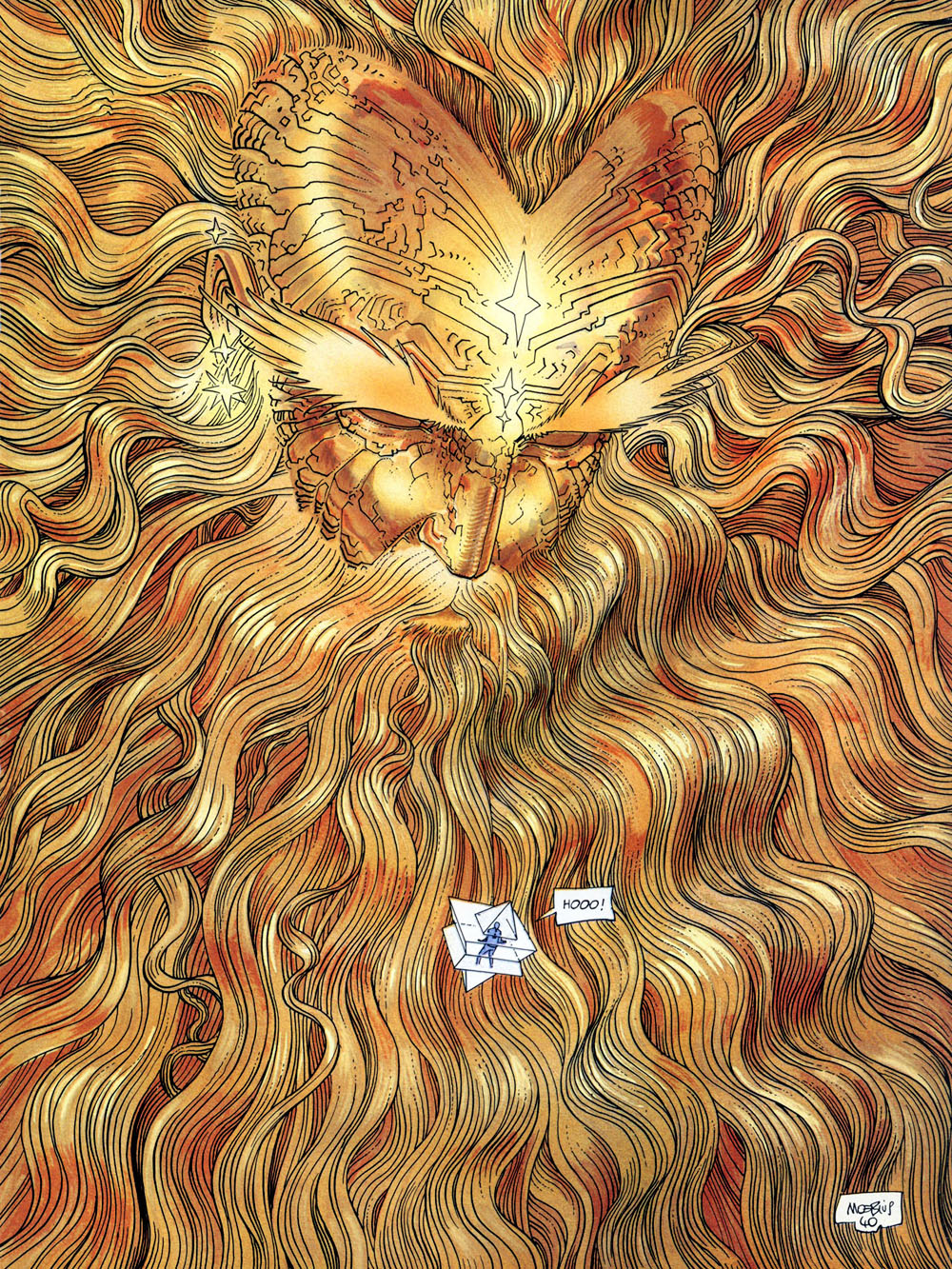
The illustrations by Moebius are nothing short of fantastical pieces of art. They set the mood of the story with perfection. Yet, they are also unexpected. The six volumes of The Incal were published from 1981 to 1988 so I was expecting something dark, Blade Runner-ish. The artist has after all also worked on Tron and Alien. Yet, the color palette is very light and vibrant, creating a high-contrast. I was initially minded not to like this style, but I changed my mind as I went through the graphic novel. Despite the sometimes dark themes a corresponding cyberpunk style would not have suited. Although as the issues progress the style does change.
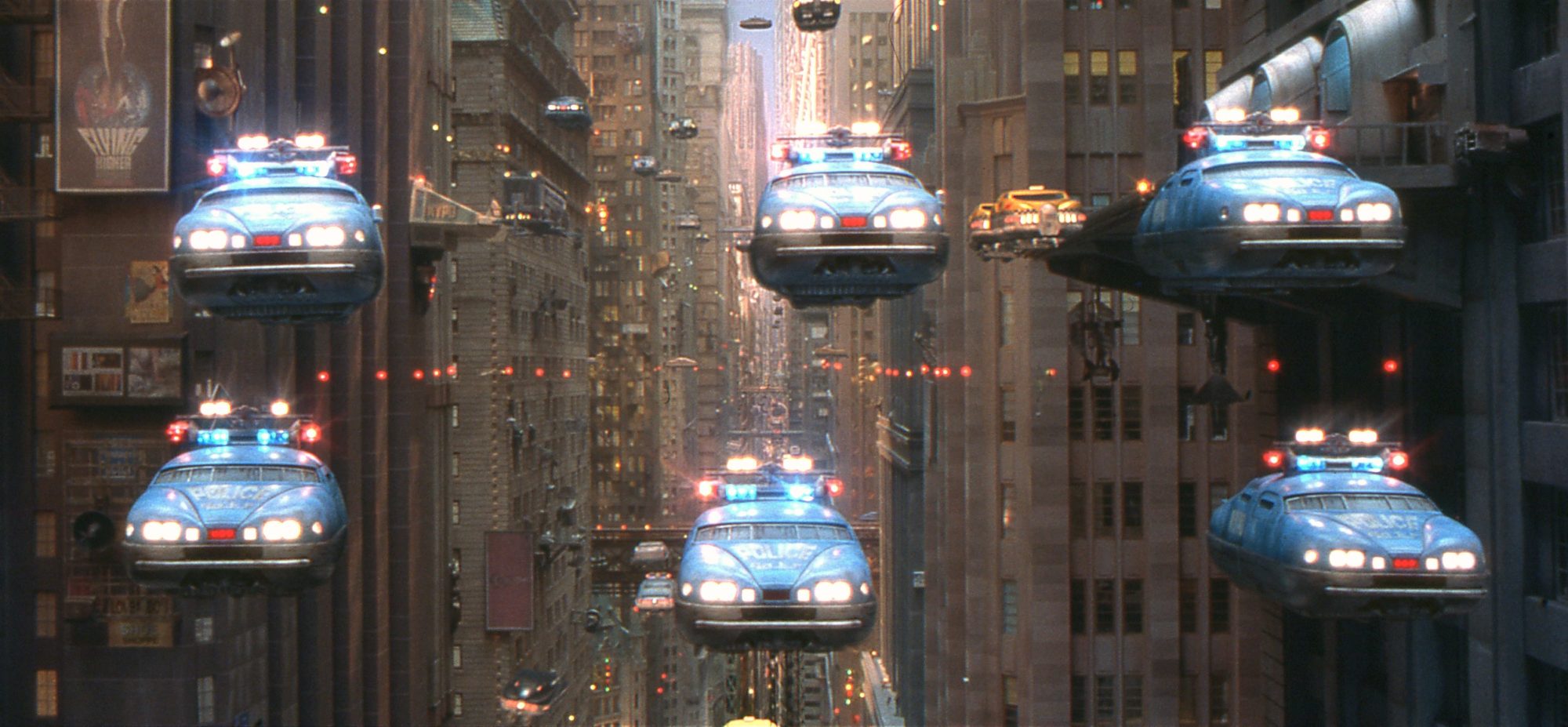
The Incal and The Fifth Element
When reading The Incal it is impossible to not think of The Fifth Element by director Luc Besson. The movie’s character Korben Dallas (Played by Bruce Willis) is obviously modelled on John DiFool. He too is taken form his myopic existence and thrust into a larger journey. The theme of androgyny returns multiple times but most noticeably in the character Ruby Rhod. Milla Jovovich’s character Leeloo or “The Divine Being” is an amalgamation of the Incal itself and the sisters Animah and Tanatah. The visuals of The Fifth Element can also be said to have drawn inspiration from The Incal. The director chose very bright and colorful environments which I always think of as more 90s than movies such as Blade Runner and Total Recall with their darker or even monochrome look. If you are interested in The Fifth Element – check out my dedicated page.
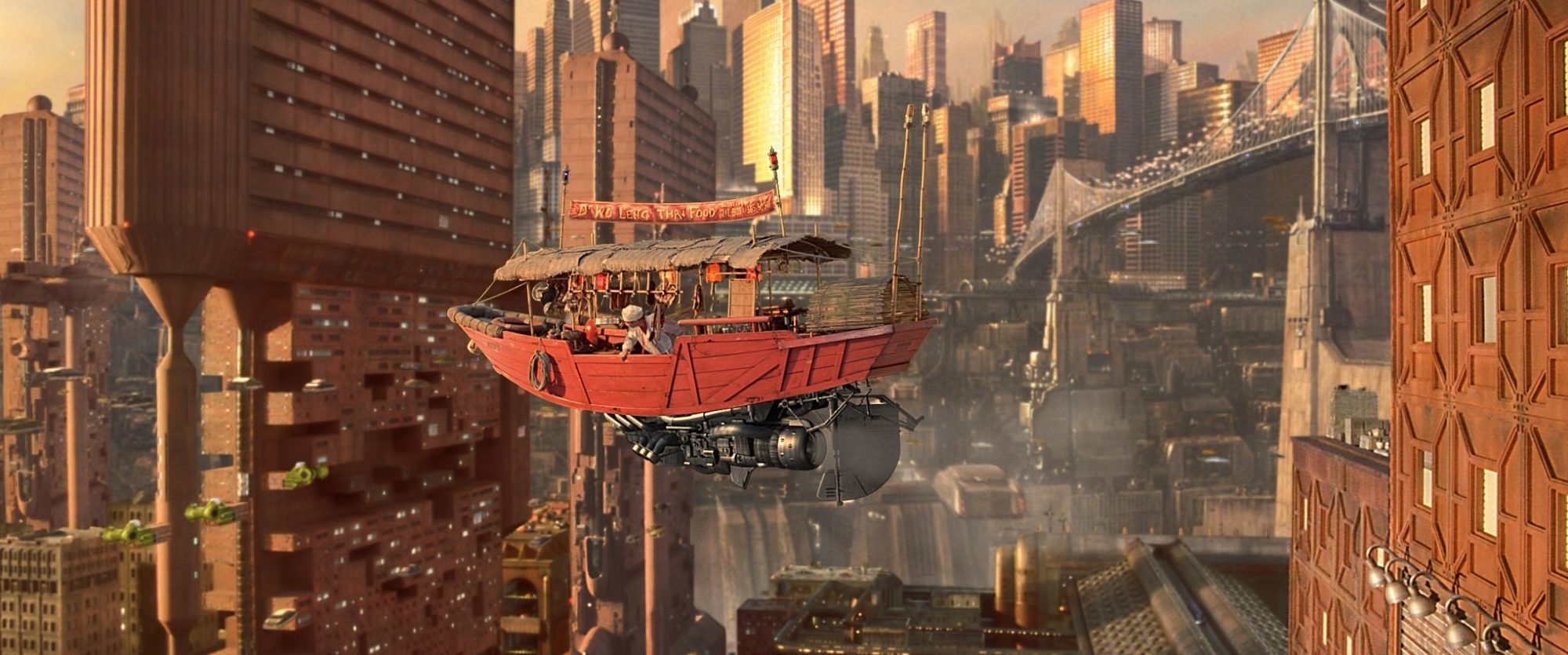
More of The Incal
There is more of The Incal universe to explore if you are interested. There is Before The Incal – a six volume series published from 1988 to 1995 as well as After The Incal and Final Incal. After The Incal is a one off issue that was retold in the first 50 pages of Final Incal.


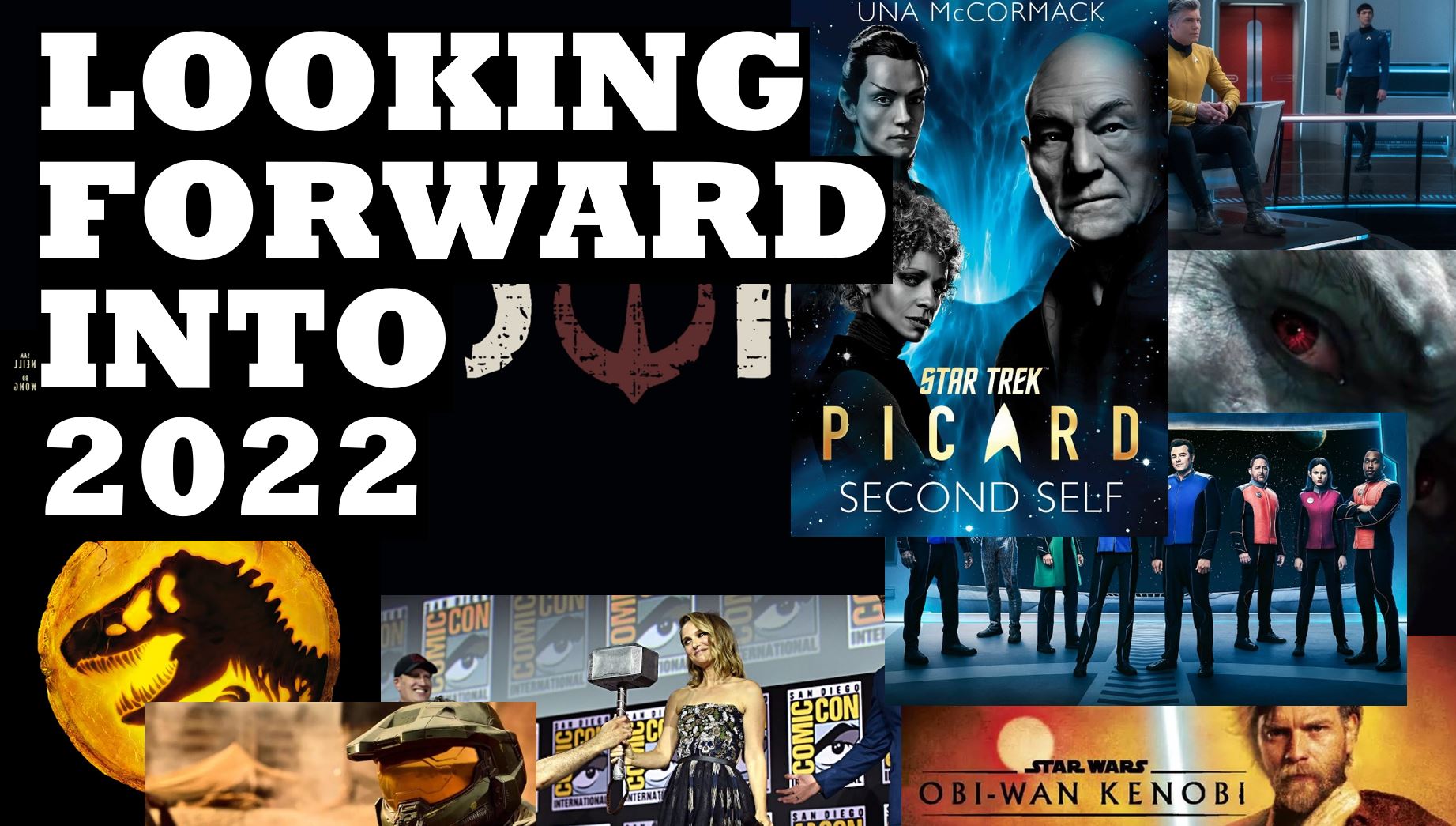

Keep up the good work, thanks!